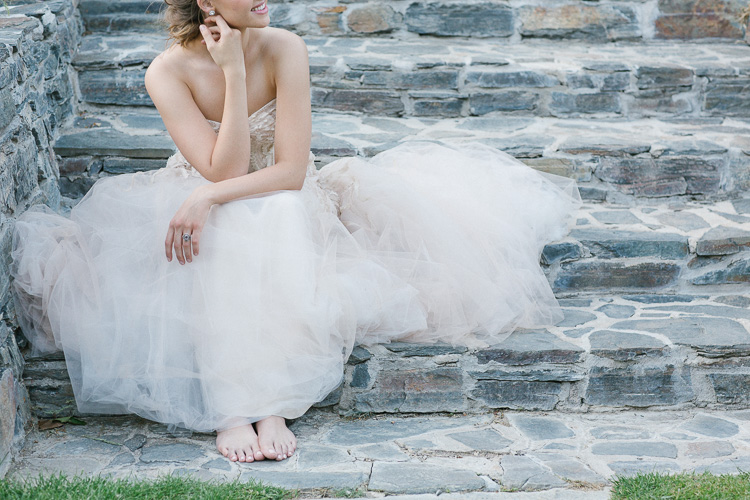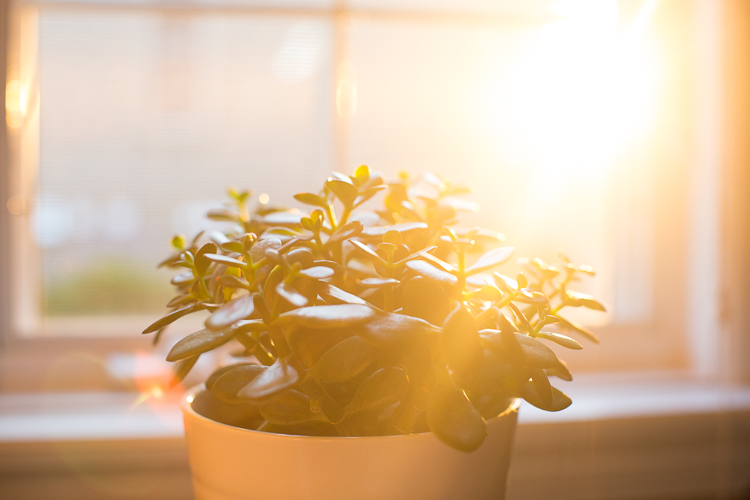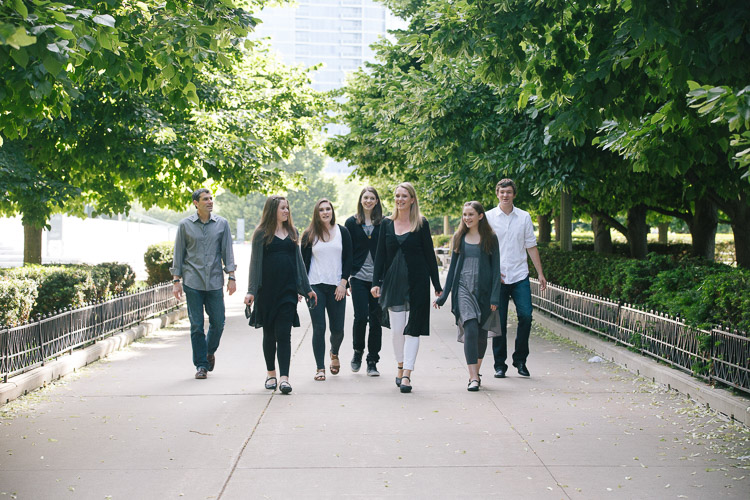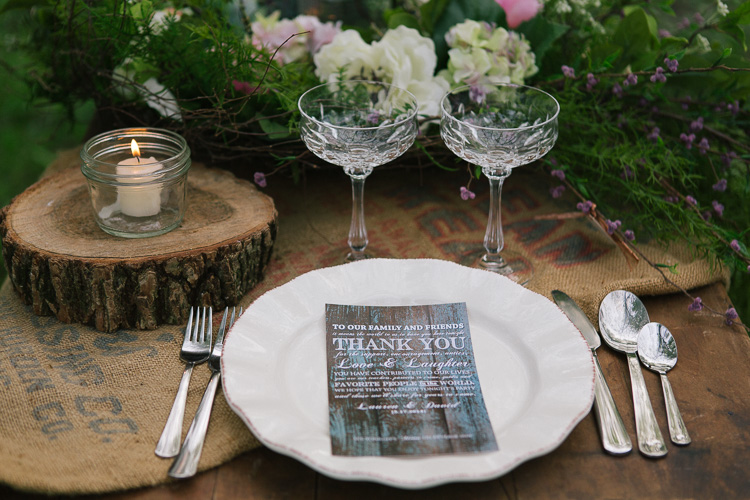
DPReview was in Yokohma, Japan last month for the annual CP+ photography show. As well as reporting from the show floor, and getting our hands on the latest cameras and lenses, we also made time to sit down with senior executives from several of the major manufacturers, including Nikon. We spoke to Nikon about the company’s new DL-series compact cameras, the D500 and D5 and the future of the 1 System.
Let’s start with the new DL series. Why did you choose to make three cameras?
We wanted to satisfy most of our customers, all at once. And with this DL concept we wanted DL users – who we believe will be DSLR users – to choose whichever camera in this DL series as if they were choosing an interchangeable lens. And the second aim is reflected in the cameras’ naming. DL. ‘D’ means ‘Digital Camera’ and ‘L’ means ‘Lens’. Again, we want consumers to choose these cameras as if they were choosing from interchangeable lenses, and this is why we named them 18-50, 24-85 and 24-500.
 |
| Nikon intends buyers of its new DL-series compact cameras to shop for the right camera as they might a lens. That’s the logic behind the new cameras’ naming. DL18-50 (shown here), DL24-85 and DL24-500. The numbers correspond to the effective focal lengths covered by the cameras’ lenses. |
With the ability to choose these three different cameras with their three different lenses, how is the DL series differentiated from the 1-series, or from Coolpix?
Our target with the DL series is high-end users who would use Nikon DSLRs. So the series has to be suitable for DSLR users who want a premium compact camera. Coolpix is for the mass consumer, it’s very easy to use in terms of operation. But the DL series in terms of operability and the variety of lenses is much closer to a single lens reflex camera. This makes it different to other compact cameras such as Coolpix.
As for the value that the DL series provides, it is different from DSLR cameras, although the customer may be the same. The value that is provided is different in the sense that the focal length of – say – 24-500mm doesn’t exist in DSLR. A wide range all the way from wideangle to super telephoto. These things are unique to the DL series.
Can we expect to see much further development of lenses for the 1-series, or is your focus on DL?
We will continue to watch the needs of our customers and market trends to decide what new products will be appropriate – we cannot reveal future plans yet.
How important is pricing in this market segment, and who is your most important competitor?
We acknowledge that the premium compact camera market is very ‘hot’ right now. There are a lot of competitors. But all of these competitors, although they’re all in the same market, their aims are very different. For example some of our competitors want to provide high-performance cameras with the aim of ease of use. Ours is not like that. Our aim for the DL series is for our users to use the cameras as much as they like, and to enjoy shooting with them.
 |
| The ‘bridge’ style DL24-500 is the largest camera of the three, and the only one to offer an electronic viewfinder. The larger form factor allows it to pack in by far the most ambitious zoom lens of its sister models. |
Are the target audience of the DL series and 1-series different?
Nikon 1 cameras are system cameras so you can customize the cameras as you like depending on the shooting situation. The strength of Nikon 1 is the super telephoto that you can use for example, at 800mm equivalent. And another benefit is interchangeable lenses, so you can switch from long lenses to shot lenses, so system adaptation is one of the strengths of Nikon 1.
But for DL we can provide all the way from very wide to super telephoto with good portability.
One of the things that we like about the 1 series it that the performance of the cameras’ hybrid autofocus is very good. Can we expect the same performance from the DL line?
Yes.
Will we see a professional level mirrorless camera from Nikon?
We are willing to cater to the needs of customers by developing what is required by the market. We’re observing market trends very carefully, and while the DLSR market is in decline, we observe that the mirrorless market is not declining in the same way, so we’ll continue to watch the trends and cater to whatever needs we hear from our customers.
Do you see the DL series co-existing with Coolpix cameras in the future?
Yes. Coolpix will continue to be developed. We recently announced four new Coolpix cameras.
Is the D500 intended to be a replacement model to the D300S?
Yes it is. It’s a DX flagship after 7 years of the D300S in the market.
 |
| The D300S was on the market for seven years, before finally being replaced this year by the D500. But not before Nikon tried to replace it with the D7000-series. It was (we’re told) only the consistent demands from high-end APS-C fans that lead to a true replacement for the still-popular D300S. |
Nikon now has truly modern solutions for professional users in the DX and FX formats, how would you characterize those two types of customers?
D5 is our flagship camera and we believe that professional sports photographers that have enjoyed using the D3 and D4-series series will enjoy the D5. With the D500 the user can enjoy some of the high-end functions used in the D5, such as its AF system. But they can also enjoy the agility of the [smaller] size so we hope that not only professionals but also advanced amateurs will enjoy the D500.
Was the D7000-series ever meant to replace the D300-series?
We were hoping that the D7000 series would cover a portion of the customer base that used the D300S, but the customers continued to say that they wanted a replacement for that model, so that’s why we made the D500.
Now that the D500 has been launched, will we see continued development of professional DX-format lenses?
Yes we have plans for more lenses, if necessary after analyzing the needs of the market.
 |
| The D500 and D5 represent flagship cameras in Nikon’s APS-C and full-frame lineups, respectively. A lot of core functionality is shared between the two cameras, including the same highly advanced autofocus system. |
Why did you select 20MP for both cameras?
We believe that 20MP is the best resolution when it comes to balancing image quality and handling – i.e. speed – which professional sports photographers value most. Also we’ve had 12 and 16MP models, and some users wanted more, so we think that 20MP is the minimum to achieve this balance. 20MP is the best resolution at this point in time. In the future if we can increase speed and increase resolution, we may choose a different resolution. But right now 20MP represents the best balance.
It’s good to hear that Nikon is continuing to develop the DX lineup. Do you believe that D500 will mostly be using the camera with DX, or FX lenses?
If we were to make a recommendation on the basis of [versatility], we’d recommend a DX lens with the D500, because it’s a DX camera.
When you develop professional products like these, how does your process differ compared to developing non-pro cameras?
Our question is how do we cater to the users’ needs? One example is memory card slots. If we’re designing a camera for a professional, we’ll include two card slots for identical types of cards. For higher-level amateurs like D500 owners, we’ll include two different card slots, one SD, and one XQD. It’s different user needs.
What was the thinking behind making two versions of the D5, one with CF and one with XQD?
the highest priority for card slots in the D5 is to provide two slots of the same type. CF or XQD. We chose XQD for the D5 because it can support the highest performance that the camera is capable of [in stills and video modes]. We added a model that uses CF cards because users of the D3 and D4 series are familiar with these cards, and have them already. The response has been good to both variants.
Given how responsive the D5’s AF system is in terms of subject tracking, do you think that DSLRs will always have an advantage in this respect, compared to mirrorless?
Yes. We believe that there is an AF advantage, especially when it comes to tracking moving subjects at high speed.
 |
| Here’s a simulated image of the D5’s AF array, placed over a representation of the ‘scene’ as it would be recognized by any one color channel of the camera’s 180,000-pixel RGB metering sensor. This sensor works in concert with the AF system to recognize and track subjects across the frame and in depth. Our initial impressions are that it works exceptionally well. |
We understand that the color filter array on the D5 sensor has been changed to improve low light performance. Can you comment on this?
It’s very difficult to explain exactly how we achieved this, but the basic concept is that we improved light-gathering ability. And by doing that we reduced noise and increased sensitivity.
AF precision is becoming increasingly crucial in high-resolution DSLRs. We’ve seen various solutions, from AF fine tuning to manufacturers like Sigma and Tamron making ‘docks’ to program their lenses. How should this problem be solved?
The D810 has 36MP and the D5 has 20MP. Autofocus precision is at the same level. We’ve had an autofocus fine-tuning system for some time, because although autofocus precision has improved, some photographers want to precisely control autofocus for their specific needs. The struggle for users is in using this system, through trial and error.
We introduced automatic adjustment [in the D500 and D5] to make the process easier for them. We expect that now, some of our customers who previously thought that AF adjustment was a hassle in the past and didn’t do it, will start to use automatic adjustment, and will come to us with additional requirements. We will proactively reflect this [feedback] in our future development.
Editors’ notes
Rishi Sanyal and Barney Britton
The reason we didn’t identify specific interlocutors in this interview is that Nikon sent about 20 people to speak to us in Yokohama (only some of whom are pictured above), plus an interpreter. While we suspect that – as usual – the comments beneath this interview will be packed with people criticizing us for not asking harder questions, and Nikon for not really answering some of the ones that we did ask, Nikon takes us – and you – very seriously. The gentlemen we spoke to didn’t quite say it, but let’s be honest – the D500 is a camera for DPReview readers. All those who complained for years that the D300S didn’t have a proper replacement can take pleasure in the fact that it was your complaints that lead directly to the creation of the D500, a level above the D7000-series that was, we learned, intended to replace the D300S.
And what a replacement the D500 has turned out to be. Our main worry about Nikon’s high-end APS-C DSLR lineup isn’t actually about the cameras at all, but lenses. It was good to hear a kind-of, sort-of acknowledgement that some new high-end DX-format lenses are on the way. Maybe at Photokina this September?
Speaking of lenses, it was interesting to hear Nikon executives speak about the new DL lineup (which is definitively not related to Coolpix, no way, no sir), which has been designed around the concept of ‘camera as lens’, offering (effectively) three different focal lengths built around the same 20MP 1-inch sensor, at fairly accessible price points. If what we’ve been told about AF performance proves true (and it should be) the DL compacts might offer among the best autofocus of any camera currently in this market segment. We’re very excited by the DL18-50 and DL24-85 in particular. Finally, along with Canon’s PowerShot G7 X Mark II and Panasonic’s ZS100, Sony’s Cyber-shot RX-series has some real competition.
Speaking of autofocus, Nikon 1 was arguably one of the first mirrorless series to portend the convergence of on- and off-sensor phase-detect AF performance. There are still differences, though, and we asked Nikon if it thought there would always be an advantage to DSLR when it came to subject tracking during bursts. Subject tracking, or the ability of a camera to follow a subject around the frame, is increasingly becoming so good in some cameras as to warrant relinquishing control over your exact AF point to the camera – which in some cases can be far better than any human at switching AF points to stick to your subject. The D5/D500 in particular are industry leading at this. Although mirrorless cameras have the ability to subject track very well – they constantly assess the scene with their image sensor, after all – we’ve tended to note a drop in performance during bursts. We wondered how much this had to do with the dual-purposing of the image sensor in mirrorless cameras both for AF tracking and image recording. DSLRs are approaching the subject tracking problem by essentially incorporating an additional image (RGB metering) sensor into the light path to the optical finder, and dedicating it to subject analysis and tracking (and face detection).
Nikon’s response was that there is still an advantage to this separate sensor approach, and we largely agree – for now. Given the relatively low resolution of these metering sensors and the fast readouts possible due to the relatively low pixel count, as well as the incredibly short mirror blackouts of cameras like the D5/D500, it may be that a secondary sensor for subject tracking will remain an advantage for high-end DSLRs for years to come.
But we do wonder whether efforts at increasing the readout speeds of main imaging sensors (the ones that produce our photographs) – perhaps to the point where there is no blackout during shooting at all – might allow mirrorless designs to catch up to, or exceed, DSLR performance in this regard.
And if they do, there will be one less thing to worry about: AF calibration and adjustment. We asked Nikon whether we could ever expect its new automatic AF fine-tuning solution to take into account multiple focus points, focal lengths, and subject distances. Every time we mention this sort of a solution to anyone, there’s typically a chuckle in the room – I think a nervous one, acknowledging the complexity of such a solution.
And it is complex. The optimal Fine Tune (or microadjustment) value can vary from AF point to AF point, and with lens focal length and subject distance. Not to mention aperture as well, when there’s substantial focus shift. Camera and lens firmware already contains complicated tables dedicated to such adjustments – it’s just that there’s no guarantee they’re right for your particular lens + body combination. Automating the creation of a matrix to correct for all the variables that lead to inaccurate focus would be welcome, but at what point does it make more sense to ditch the DSLR approach altogether and proceed with a mirrorless platform that is less susceptible to these issues in the first place?
As usual for the on-record portions of an interview of this kind (i.e., the portion that you just finished reading) the most interesting insights can be found between the lines. The line that interests us most came up as we discussed Nikon’s mirrorless strategy. It is notable that in their response, Nikon’s executives noted on-record the decline in the DSLR industry relative to the more buoyant mirrorless market. It seems pretty much inevitable at this point that Nikon will make a more serious move into mirrorless, and my money would be on that happening relatively soon, possibly even this year. Two things seem pretty certain – whatever product eventually emerges, it won’t be a member of the 1-series, and it certainly won’t be a Coolpix.
Articles: Digital Photography Review (dpreview.com)

























You must be logged in to post a comment.